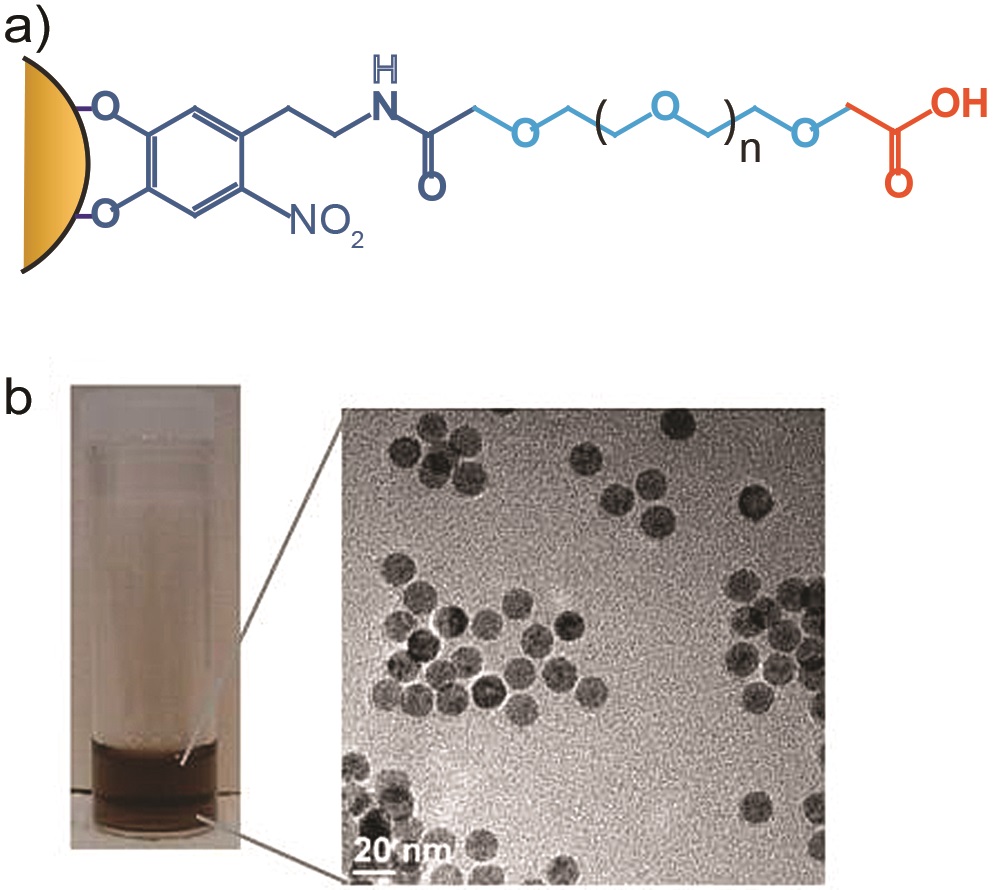Dravid Lab Researchers Report First Early Stage Diagnosis of Alzheimer's Disease
The first ever early diagnostic method for Alzhiermer's disease has been developed by Dravid lab researchers in collaboration with world leading Alzherimer's researchers in the lab of William Klein. Early diagnosis of Alzheimer's has eluded doctors and researchers for decades as the disease is caused by nanoscale 'snipets' of proteins that mutate and are overproduced by the cell. These snipets collect into large plaques in the later stages of the disease, but by this time symptoms are already in their late stage, making critical early stage diagnosis and treatment impossible. The researchers developed a probe that would attach to the oligmer 'snipets' allowing quantitative diagnosis of the disease at an extremely early stage. The ability to detect these small oligmers by using magnetic probes in combination with MRI will allow clinical trials of drugs designed to prevent their proliferation, something that wasn't possible in early studies that tracked symptoms.
"This MRI method could be used to determine how well a new drug is working," Professor Dravid said. "If a drug is effective, you would expect the amyloid beta signal to go down." Despite hundreds of millions of private and public investment, no effective treatment exists for Alzheimer's disease, but these probes will go a long way in making future developments possible. The article was published in Nature Nanotechnology this month,
Seen Below: a) The functionalized surface of a magnetic nanostructure, designed to bind to free oligmers in a patient's body, covering the toxic oligmer in MRI acrtive probes. b) Optical and HRTEM image of the magnetic structures in solution.


